Mambale Irrigation Scheme, Matobo District, (-21.635112, 28.423668)
Jalukange Irrigation Scheme, Beitbridge District. (-22.009655, 29.24374)
Mtetengwe Irrigation Scheme, Beitbridge District. (-22.030529, 29.84081)
Maize, sugar beans, chillies & cash crops
September 2025
60Ha in total
Farmers in Matabeleland South continue to face several issues related to chronic water scarcity and climate variability. The region is semi-arid, with low and variable rainfall (350-600 mm/year), and the recurring droughts and climate change make it nearly impossible to rely on rainfall for irrigation and domestic purposes. Farmers’ livelihoods are threatened by decreased agricultural productivity because of crop failure.
Small dams in the region, as well as deep boreholes, fail to supply water demand due to increased siltation and reduced groundwater recharge.
Sand-abstraction systems (also called sand-river or alluvial aquifer abstraction / infiltration gallery systems) are proven, low-cost ways to access stored water within river sand deposits in semi-arid southern Zimbabwe. Forster Irrigation was contracted by FAO- Under ERVHIZ to probe, develop and equip sand abstraction boreholes to boost water access for irrigation to promote food security and income for vulnerable households (resilience) in Matabeleland South. The fact that all the pumps are solar powered means that there are no operating costs for the farmers which makes life easier for them as all capital costs were incurred by the client. Drip irrigation will ensure that water is used efficiently and effectively which will eliminate losses whilst maximising yields. Weeds will also be reduced owing to the application of water in the root zone compared to the previously used irrigation systems such as flooding. In addition to the drip irrigation systems, some sites were also provided with a portable water system for human and livestock consumption. All three schemes have been tested and are operational and planting has either begun or is underway.